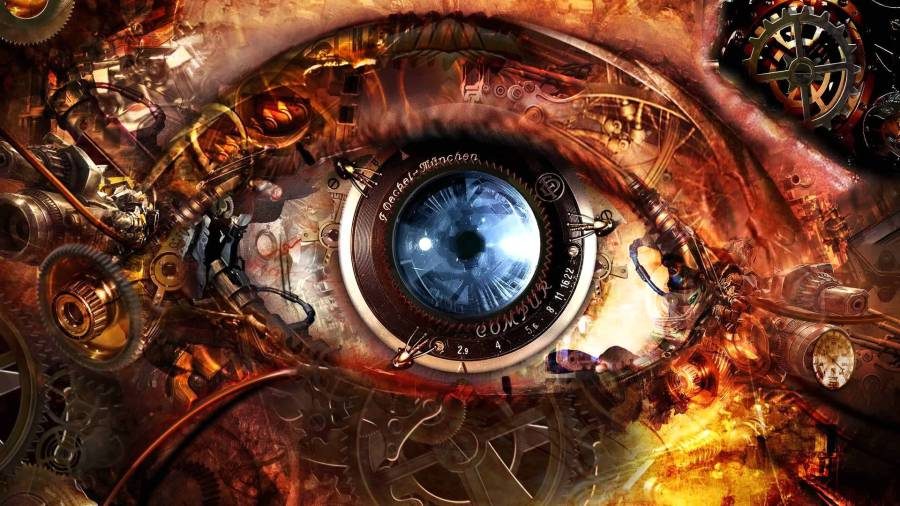Human society is evolving at an unprecedented pace. Technologies available today were but a dream a couple of decades ago, and we could not even imagine how much of an impact they would have in our lives.
Two great examples of those technologies are now part of everyday conversations, and some of us even have experienced them first-hand: Virtual reality and augmented reality.
Although some people unfamiliar with the terms use them interchangeably, VR and AR are two different things that operate under different premises and have distinct applications.
What is the difference between VR and AR?
The Scientific American tech editor Larry Greenemeier sat down with Ken Perlin back in 2015 to talk about the state and the future of virtual reality. Perlin is a VR pioneer and a computer science professor at New York University.
“In its broadest sense, virtual reality is an attempt to give people a full sensory immersion experience into some other reality other than the literal one that they are in,” Perlin explained.
On the other hand, augmented reality presents a different paradigm. Jesse Emspak of Live Science magazine sets the two technologies apart by providing a definition of AR.
Emspak defines augmented reality as “using technology to superimpose information on the world we see.” With AR, technicians impose, for example, images and sound over reality. In that sense, a gas station can transform into a Pokéstation, for example.
In summary, the primary distinction between VR and AR is that the former creates a new reality while the latter adds new elements to the existing one.
A little history of VR and AR
Virtual and augmented reality are currently seeing a second coming in the mainstream market after a first appearance in the late 80s and early 90s.
Although scientists first developed the technologies in the late 60s, only 20 years later some people would notice the commercial potential applications of VR and would try to exploit them.
The first attempts at bringing VR and AR to the masses came mostly from the entertainment industry. Studios released ‘virtual reality’ films and developers promoted gaming peripherals that provided VR-like experiences.
However, high cost and lackluster outcomes resulted in a catastrophe for the technologies, which until recently suffered the stigma of its previously bad reputation.
Now, the approach is different. Technological advancements have cleared the path for easier and cheaper development of VR and AR systems, and we are even seeing them in stores today.
VR headsets are popular nowadays, and prices have substantially dropped in just a couple of years. HTC, Oculus, Microsoft, Samsung, and other companies have launched virtual reality systems with a focus on gaming.
In spite of this, some platforms like Microsoft’s Hololens go one step further and delve into the world of AR. The project from the tech giant looks into seamlessly integrating Windows and other software to our daily lives.
Developers like Niantic have met the public halfway with the release of the AR mobile hit Pokémon GO. The game is, arguably, the first truly mainstream title to employ augmented reality technology with such a positive reception.
VR and AR have reached even further nowadays, with researchers and scientists using the tech in everything from simulation experiences for NASA astronauts to the development of new education methods and applications in the real world.
How could VR and AR shape our future?
Augmented and virtual reality technologies are already influencing how visionaries think of the world of tomorrow.
With the second dawn of VR and AR, leaders across different industries are envisioning a future in which these platforms are closely integrated with our environments and lives.
The line between our two “realities” will blur to the point where it is almost indistinguishable where one ends and the other begins. This notion has raised both excitement and concern among those who will live to see this happen.
Mobile platforms like Tango, which is focused solely on the enhancement of reality using augmented technology, will become the norm in the smartphones and devices of the future.
Google Glass and similar wearable tech will also see a much broader adoption, possibly even with direct integration thanks to the latest advancements in biotechnology.
This new prospect of reality could lead to a much more efficient future in which everyday tasks like taking measurements of objects, checking someone’s health, or consulting the price of an item could be done with the blink of an eye.
Others fear that, perhaps, a hyper-connected and hyper-real future could lead to a further disconnection from reality and immersion into an artificial world with unknown consequences.
Be it a computer-generated environment or a real world with multiple layers of augmented data as a cover, a future with a stronger presence of VR and AR awaits. Only time will tell in which direction the evolution of this technology will lead us.
Sources: Live Science / Scientific American / NASA and VR




